What makes a long face different?
A long face is usually longer than it is wide, with a forehead, cheekbones, and jawline that are roughly the same width. The chin tends to be pointed or narrow, and the distance from the hairline to the chin feels stretched out. It’s not about being too thin-it’s about proportion. If you look in the mirror and notice your face looks like a rectangle or oval stretched vertically, you likely have a long face shape.
People with long faces often feel their face looks too narrow or drawn out. The goal isn’t to change your bone structure, but to create the illusion of width and balance. The right hairstyle can soften angles, add volume where needed, and make your face appear more even.
What hairstyles to avoid
Some cuts make a long face look even longer. Stay away from these common mistakes:
- **Center parts with straight, sleek hair**-this draws the eye straight down the middle, emphasizing length.
- **Very long, straight hair past the shoulders**-it adds more vertical line without breaking up the shape.
- **High ponytails or top knots**-pulling hair up tight lifts the face upward, making it appear even longer.
- **Extreme bangs that start at the hairline**-if they’re too thin or straight, they can cut the face in half vertically.
- **Hair that’s too tight or flat against the scalp**-no volume = no width = more length.
These styles don’t ruin your look-they just don’t help. The key is to avoid anything that pulls attention straight up and down.
Best hairstyles for long faces
The goal is to add width, soften the jawline, and break up the vertical lines. Here are the most effective styles right now:
1. Shoulder-length layers with soft waves
This is the gold standard for long faces. Hair cut just below the shoulders with layers starting at the jawline adds volume at the cheeks and chin. Soft, loose waves frame the face naturally and create the illusion of width. The movement draws the eye sideways, not down.
Pro tip: Ask your stylist for face-framing layers that start at the cheekbones, not the ears. This targets the widest part of your face and balances the length.
2. Curtain bangs
Curtain bangs are perfect because they start at the crown and gradually fade into the rest of your hair. They don’t cut across your forehead like blunt bangs-they soften the top of your face and add horizontal interest. The part in the middle creates a natural break in the vertical line of your face.
They work with straight, wavy, or curly hair. Just make sure they’re long enough to blend into your sides. If they’re too short, they’ll look like a hard line across your forehead.
3. Medium-length shag with texture
The shag isn’t just a trend-it’s a face-shaping tool. A medium-length shag with choppy layers and lots of texture adds volume on the sides and around the temples. This instantly widens the face. The layers should be uneven and messy, not neat and uniform.
Style with a texturizing spray and scrunch your hair while it’s damp. Let it air dry for a lived-in, natural look that distracts from the length of your face.
4. Side-swept bangs
If curtain bangs feel too bold, side-swept bangs are a softer alternative. They start at the temple and sweep diagonally across the forehead. This creates a diagonal line that breaks up the vertical length of your face. It also draws attention to your eyes and cheekbones.
Pair them with loose waves or a slight curl at the ends to keep the look balanced. Avoid heavy, thick side bangs-they can overwhelm your features.
5. Chin-length bob with volume at the sides
A bob that hits right at the chin is ideal because it stops the eye at the narrowest part of your face. But it has to have volume. A flat bob makes you look even longer. Add lift at the crown and flared ends that angle outward.
Ask for a blunt cut at the chin with internal layers to give movement. This style works best with fine to medium hair. Thick hair can handle more weight, but fine hair needs texture to hold the shape.
6. Half-up, half-down styles with volume
These are great for everyday wear. Pull the top section of your hair back loosely-don’t pull it tight. Leave the bottom half down with waves. The volume on top adds height without making your face look longer, and the loose bottom adds width.
Use a small clip or scrunchie to secure the top. Don’t use a tight ponytail holder. The goal is softness, not structure.
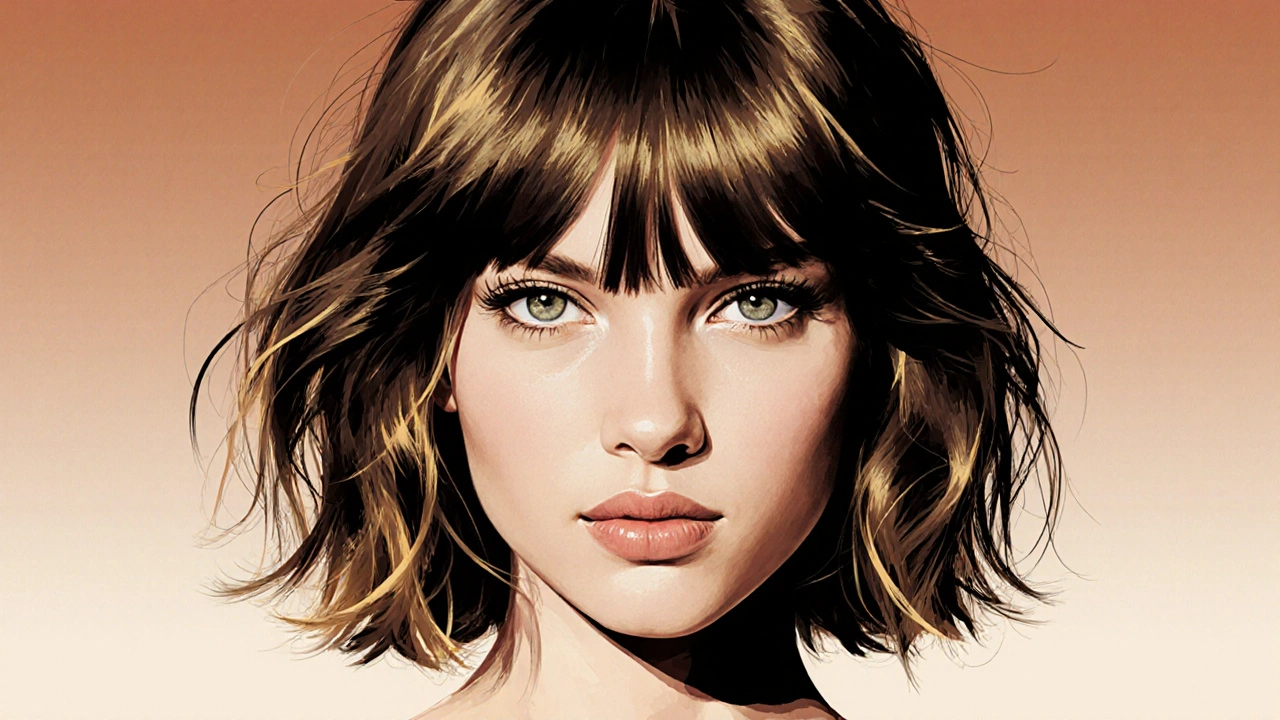
How to add volume where it matters
Volume is your secret weapon. Without it, even the best cut can fall flat. Here’s how to build it:
- **Root lift spray**-apply at the crown before blow-drying. Flip your head upside down and dry for 2 minutes.
- **Barrel curls**-use a 1.25-inch curling iron to curl sections away from your face. This creates outward movement.
- **Texturizing powder**-sprinkle at the roots for grip and fullness.
- **Avoid heavy conditioners on the scalp**-they weigh hair down. Focus conditioner on mid-lengths to ends.
Even if your hair is naturally straight, you can fake volume. It’s about technique, not hair type.
What about hair color?
Color can help, too. Highlights that start at the cheekbones and blend down create dimension and width. Try caramel, honey, or golden brown tones-warmer shades reflect light and draw attention sideways.
Lowlights alone can make your face look darker and longer. Instead, use face-framing highlights: two to three strands around your temples and jawline. They don’t need to be bright-just enough to break up the vertical line.
For darker hair, a subtle balayage that fades from root to mid-length can add depth without flattening your shape.
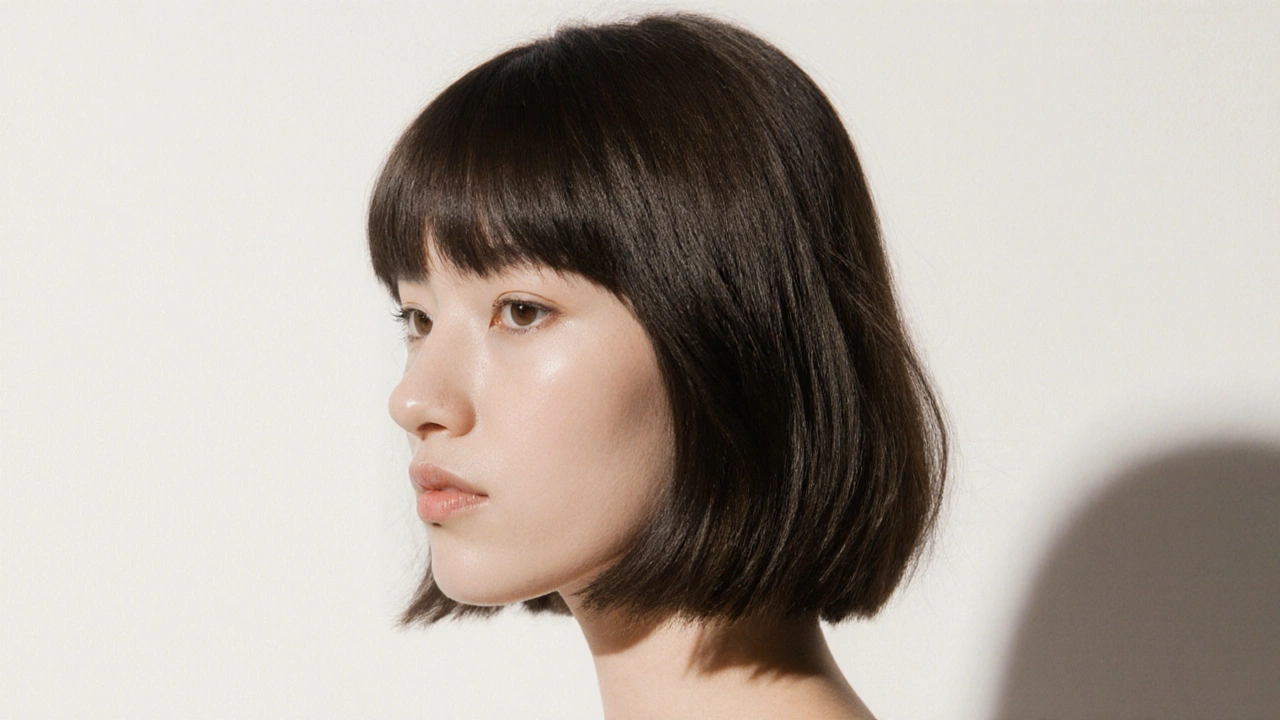
What if you have curly or textured hair?
Curly hair naturally adds volume, which is a huge advantage. But it needs the right cut to work with your face shape.
- **Avoid cuts that end above the chin**-they can make your face look like a triangle.
- **Go for shoulder-length or longer with layered curls**-this lets your curls fall around your face.
- **Ask for a “curly shag”**-a cut designed for texture, with choppy layers that add width.
- **Keep the sides fuller**-don’t let your curls get thinned out at the temples.
Use curl-defining cream and avoid heavy gels. Let your curls fall naturally. If your curls are tight, they’ll add more width than loose waves.
How to test a style before cutting
Don’t just trust a photo. Try this trick: take a photo of yourself from the front. Then, use a photo editing app to add horizontal lines at your cheekbones and jawline. If the lines make your face look more balanced, that’s your target length.
Or, grab a headband and place it at your cheekbones. If the area below it looks too long, you need a cut that ends around there. This gives you a real-time preview without the scissors.
Final rule: Balance is everything
There’s no single ‘perfect’ hairstyle for a long face. It’s about balance. You want to add width where your face is narrow, and soften where it’s long. Volume at the sides, layers at the jaw, and texture that moves horizontally-that’s your formula.
It’s not about hiding your face. It’s about showing it in the most flattering way. The right cut doesn’t just change your look-it changes how you feel when you look in the mirror.
Do bangs work for long faces?
Yes, but not all types. Blunt bangs that sit straight across the forehead make a long face look even longer. Curtain bangs and side-swept bangs work best because they create diagonal lines that break up vertical space. They add width and soften the forehead without cutting the face in half.
Should I grow my hair long if I have a long face?
You can, but avoid straight, one-length hair past the shoulders. Instead, add layers starting at the jawline and keep the ends wavy or textured. Long hair with movement and volume around the cheeks can actually balance a long face. The key is texture-not length alone.
Is a pixie cut good for a long face?
A pixie can work if it’s styled with volume on the sides and a slightly longer top. Avoid super-short, tight cuts that hug the head. Look for styles with height at the crown and fullness at the temples. A textured pixie with side-swept pieces can create width and balance.
What’s the best hair length for a long face?
Shoulder-length to chin-length is ideal. This is the sweet spot because it stops at the narrowest part of your face and adds volume at the cheeks. Hair that’s too short can make your face look longer; hair that’s too long without layers can drag your features down.
Can men with long faces wear longer hair?
Absolutely. Men with long faces benefit from layered, textured styles that add width. Think messy quiffs, side-parted waves, or textured fringe that falls across the forehead. Avoid slicked-back styles or hair that’s too long and straight. Volume at the sides and texture on top create the balance needed.

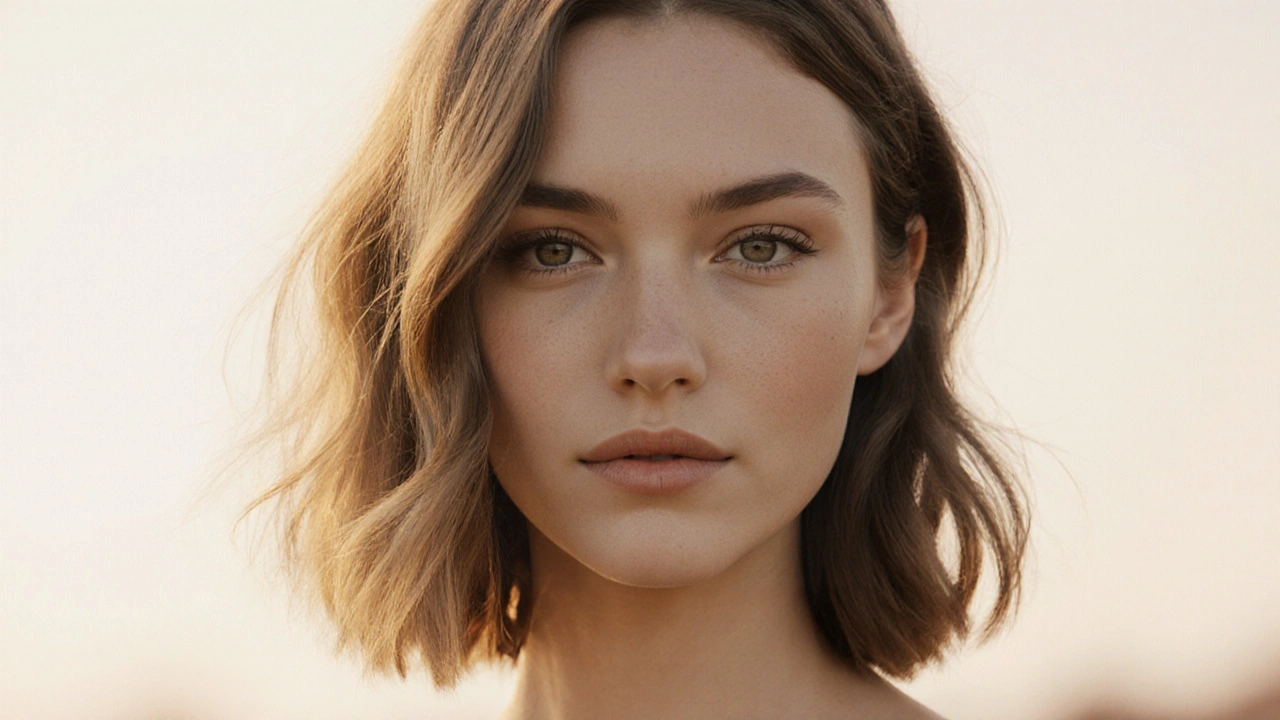
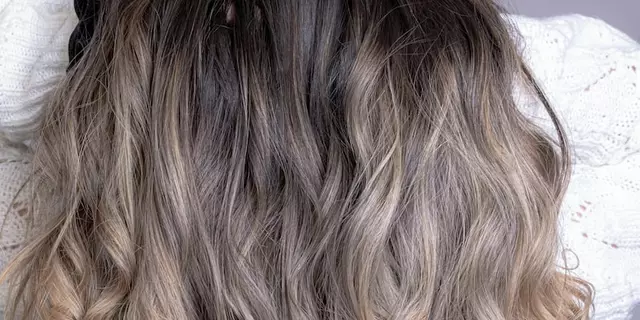

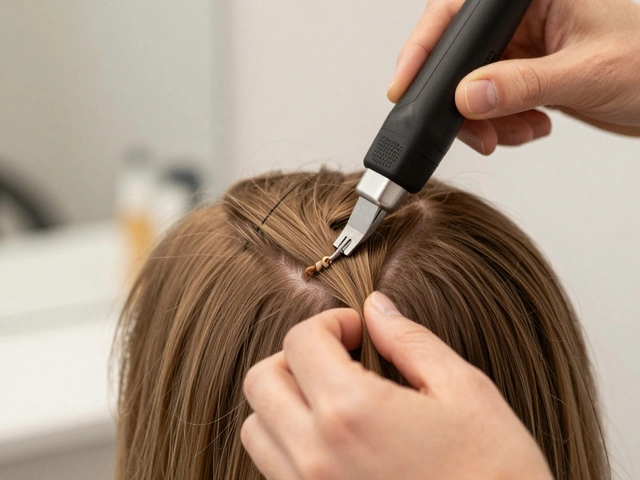
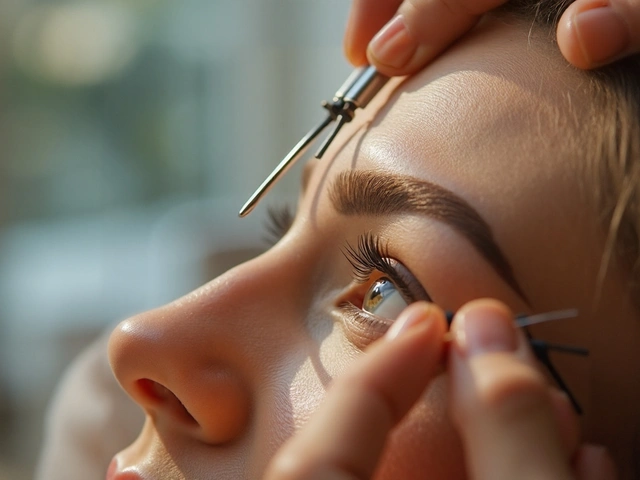
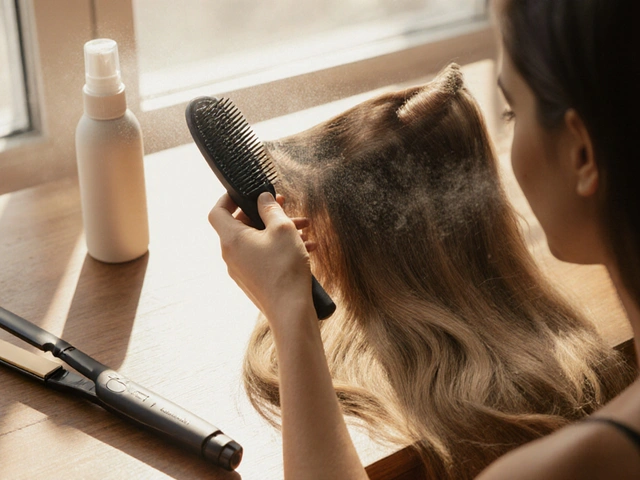
Peter Reynolds
October 29, 2025 AT 07:00Also, root lift spray is magic. I use the one from L'Oréal and flip my head upside down while blow-drying. No one believes me when I say I have fine hair.
Fred Edwords
October 30, 2025 AT 14:14Additionally, the advice to avoid 'high ponytails' is overly generalized; for individuals with naturally voluminous hair, a high ponytail can actually create lateral balance if paired with texture or volume at the nape.
Sarah McWhirter
October 31, 2025 AT 20:48Also, why are all these 'flattering' styles only for women? Men with long faces get told to buzz it or grow it out. No in-between. Coincidence? I think not.
Ananya Sharma
November 2, 2025 AT 19:03And yet, here we are. People spending hundreds on 'texturizing powder' and 'root lift spray' because they were told their natural bone structure is flawed. The real rebellion? Stop caring. Let your face be long. Let your hair be straight. Let your forehead be wide. You’re not broken. The beauty industry is.
kelvin kind
November 4, 2025 AT 05:27Ian Cassidy
November 4, 2025 AT 05:36Also, avoid high-gloss finishes-they enhance elongation. Matte textures? Better. They diffuse light and reduce perceived length.
Zach Beggs
November 4, 2025 AT 16:09Kenny Stockman
November 5, 2025 AT 22:31And yeah, volume is everything. Even if you’re lazy, just scrunch some sea salt spray into damp hair and let it dry. Instant width. No salon needed.